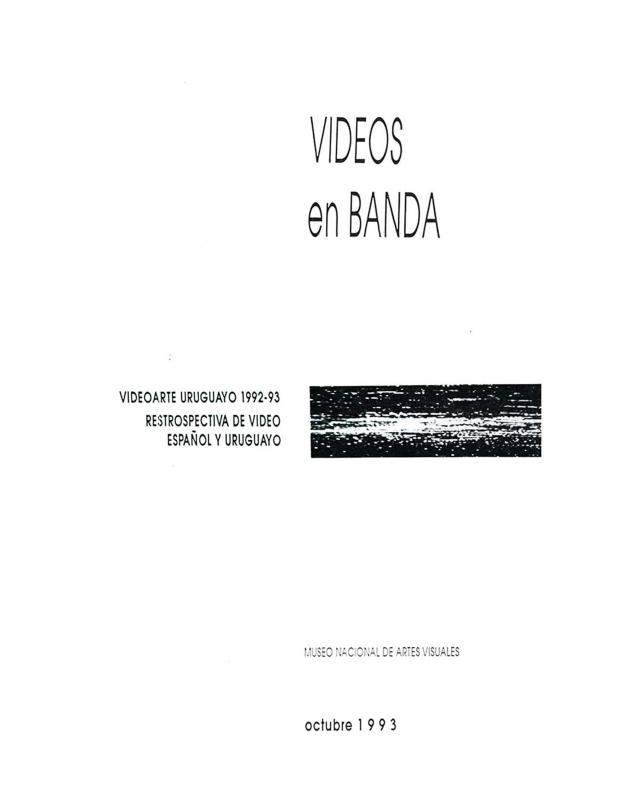Emerging in the wake of the establishment of mass media in Europe and the United States in the 1960s, the video art movement sought to explore alternative ways to use analog and digital electronic media to produce works of art. In Uruguay the genre emerged in the early 1980s where it was conceived as a kind of unscripted audiovisual story that was not intended as an audiovisual entertainment production. Video art works have created new narratives and new ways of seeing that have broken with conventional languages; these works are based on an entirely new perception of space and time and create interactive experiences that are very different from traditional forms. Video art is a form of artistic expression that synthesizes and articulates a range of expressive codes at an audiovisual level against a conceptual background.
Video art began to develop as an art form in Uruguay in the early 1980s. This document identifies three periods in the history of Uruguayan video art. The first of these, from 1982 to 1987, saw the emergence of this new medium and the recording of performances and choreographed presentations with very basic equipment. Video art attained a degree of legitimacy in 1988 with the founding of NUVA (Núcleo Uruguayo de Videoarte), a group of artists that included Fernando Álvarez Cozzi (b. 1953), Eduardo Acosta Bentos (b. 1951), Enrique Aguerre (b. 1964), Clemente Padín (b. 1939), and others who were involved with the Grupo Teatro Danza de Montevideo. The genre took several different forms, such as video-installation, in which video expands in space; video-performance, which was understood as a conceptual scene; video-dance, in which the camera films a choreographed piece; video-poetry, which captures both images and words; video-musical, which explores the link between images and sounds; video-fiction, which is based on new kinds of scripts and narratives; and author’s television or experimentation with video as a support for cinematography, among others. The third period began in 1994, after NUVA was disbanded, and video art had become quite popular in other countries. From that point on video was considered a tool that artists could use to produce works of art. According to this document, the genre took time to catch on in Uruguay due to the lack of access to the relevant technology, and the fact that visual artists at the time were suspicious of art based on technology and unknown techniques.
[As complementary reading, see the following articles in the ICAA digital archive: by Alejandro Ferreiro “A diez años del primer videoarte uruguayo, sus hacedores luchan por extensión de la especie” (doc. no. 1259350); and by Enrique Aguerre “Videos en Banda” (doc. no. 1258510)].

